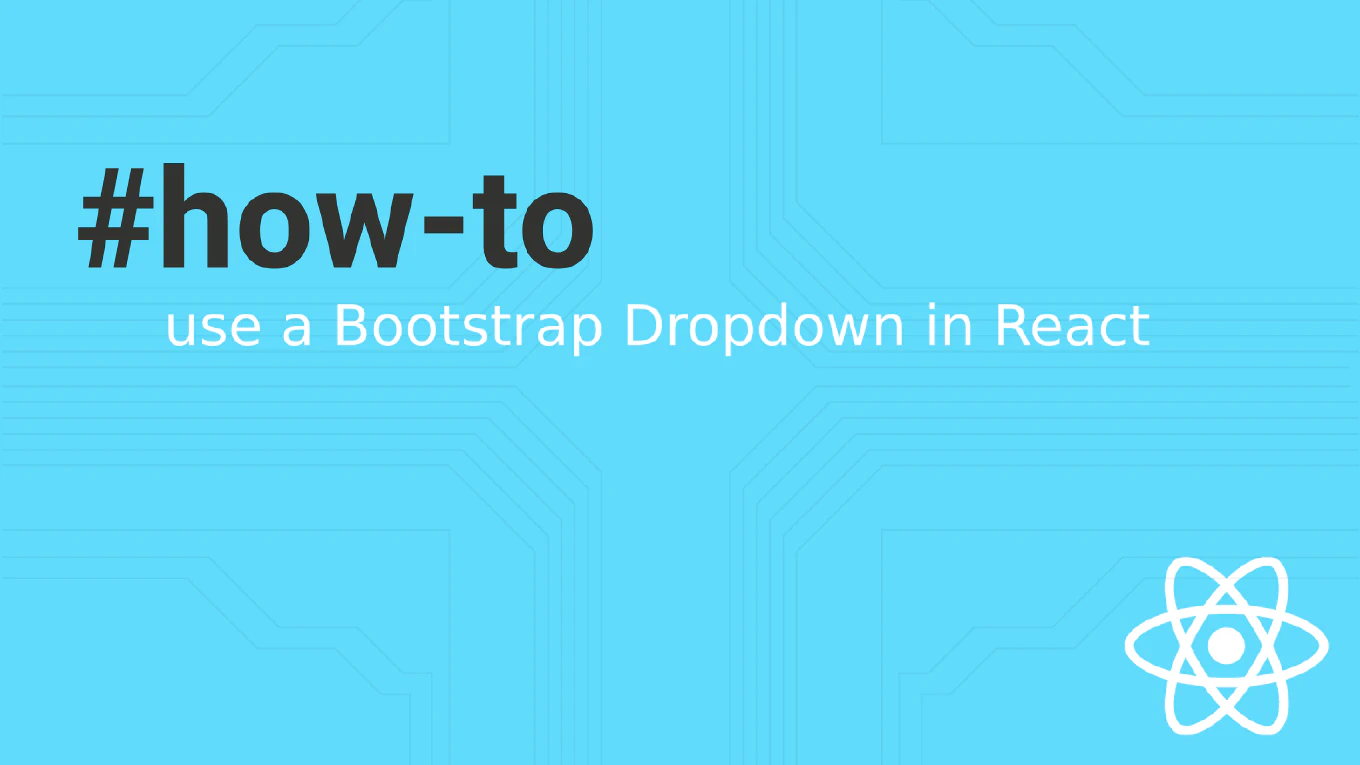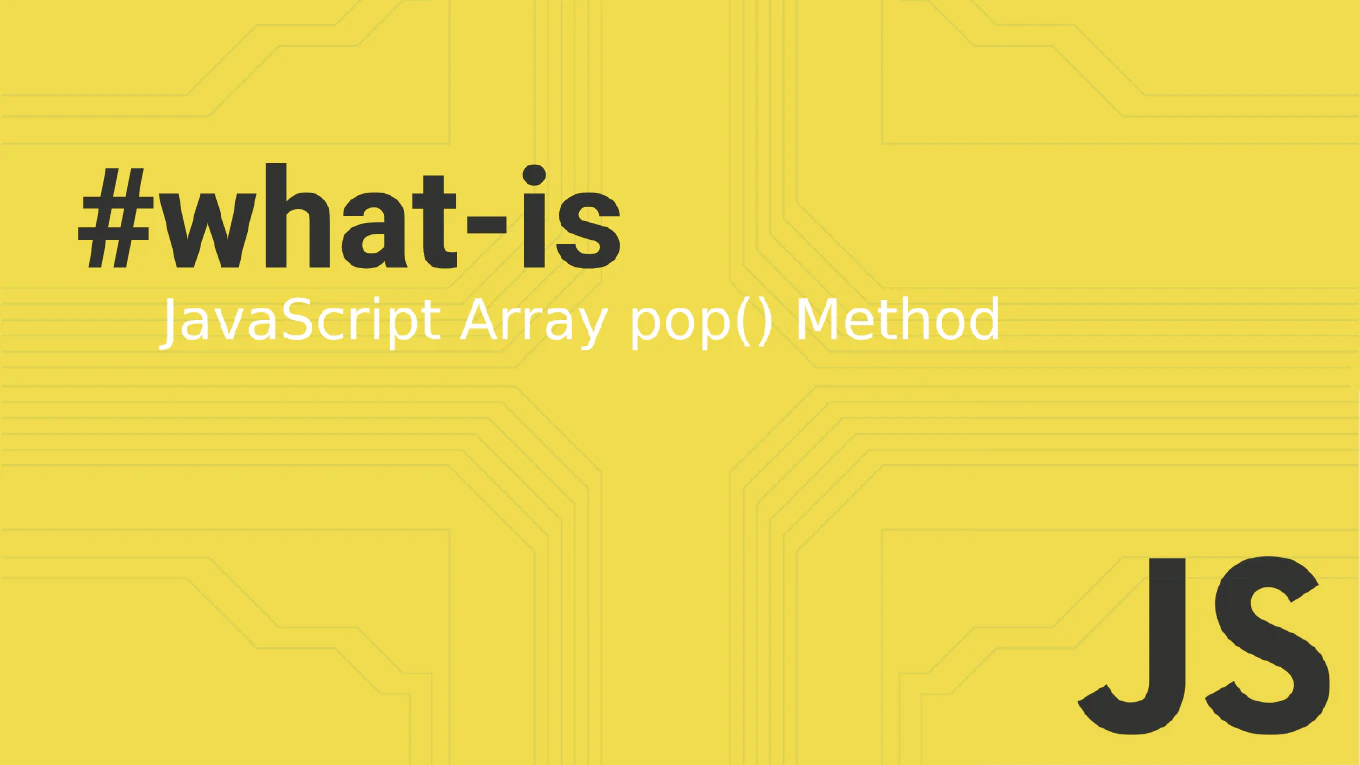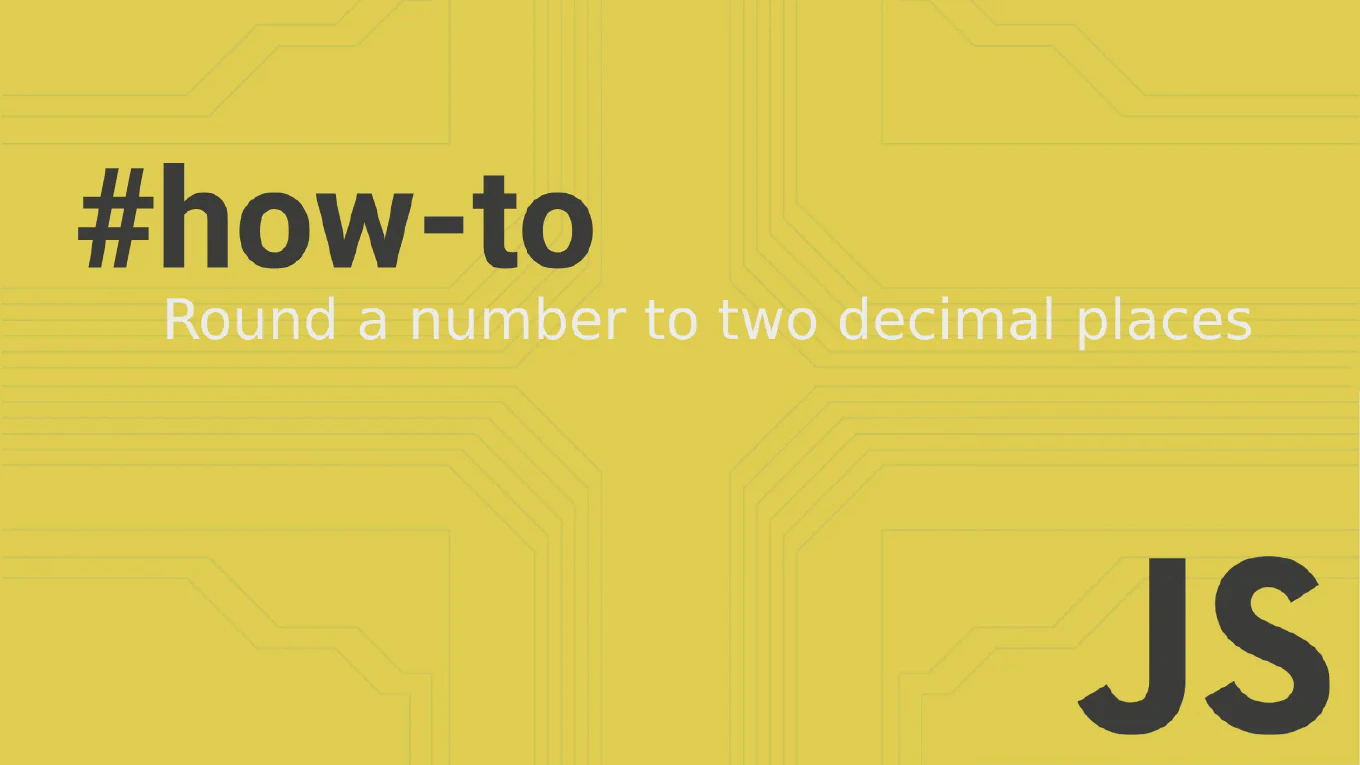How to sign commits in Git
Signing Git commits with GPG keys verifies commit authenticity and proves that commits actually came from you. As the creator of CoreUI with over 25 years of development experience, I’ve implemented commit signing for security-critical enterprise projects. The most effective solution is to generate a GPG key, configure Git to use it, and enable automatic commit signing. This approach provides cryptographic proof of commit authorship with verified badges on hosting platforms.
How to add SSH key to GitHub
Adding SSH keys to GitHub enables secure, passwordless authentication for pushing and pulling code without entering credentials. As the creator of CoreUI with over 25 years of development experience, I’ve configured GitHub SSH access for countless team members and projects. The most effective solution is to copy your public SSH key and add it through GitHub’s web interface. This approach provides immediate access with strong cryptographic authentication.
How to use Git credential manager
Git Credential Manager (GCM) provides secure credential storage with advanced features like multi-factor authentication and OAuth support. As the creator of CoreUI with over 25 years of development experience, I’ve configured secure Git authentication for numerous enterprise teams. The most effective solution is to install Git Credential Manager which works across all platforms and Git hosting services. This approach eliminates password prompts while providing enterprise-grade security and modern authentication methods.
How to generate SSH keys for GitHub
Generating SSH keys for GitHub provides secure, passwordless authentication for repository access without entering credentials repeatedly. As the creator of CoreUI with over 25 years of development experience, I’ve configured GitHub SSH access for countless developers and teams. The most effective solution is to generate an SSH key pair with ssh-keygen and add the public key to your GitHub account. This approach provides strong cryptographic authentication and streamlines your Git workflow.
How to use SSH keys in Git
Using SSH keys for Git authentication provides secure, passwordless access to remote repositories with better security than HTTPS credentials. As the creator of CoreUI with over 25 years of development experience, I’ve configured SSH authentication for countless development teams and projects. The most effective solution is to generate an SSH key pair and add the public key to your Git hosting service. This approach eliminates password prompts while providing strong cryptographic authentication.
How to store Git credentials
Storing Git credentials securely prevents repetitive password prompts while maintaining security for repository access. As the creator of CoreUI with over 25 years of development experience, I’ve configured secure credential storage across countless development teams. The most effective solution is to use Git credential helpers that integrate with your operating system’s secure credential storage. This approach balances convenience with security by leveraging OS-native encryption and access control.
How to configure Git credentials
Configuring Git credentials properly prevents repetitive authentication prompts and securely manages access to remote repositories. As the creator of CoreUI with over 25 years of development experience, I’ve configured Git authentication across countless development environments. The most effective solution is to use Git credential helpers that securely store credentials in your system’s keychain or credential manager. This approach balances convenience with security by leveraging OS-native credential storage.
How to configure Git line endings
Configuring line endings properly prevents issues when collaborating across Windows, macOS, and Linux platforms in Git repositories.
As the creator of CoreUI with over 25 years of development experience, I’ve managed cross-platform teams and repositories for decades.
The most effective solution is to configure core.autocrlf and use a .gitattributes file to normalize line endings.
This approach ensures consistent line endings regardless of the operating system developers use.
How to configure Git diff tool
Using a visual diff tool makes reviewing code changes much easier by providing side-by-side comparison with syntax highlighting.
As the creator of CoreUI with over 25 years of development experience, I’ve reviewed countless code changes using visual diff tools.
The most effective solution is to configure Git to use your preferred diff tool using git config diff.tool.
This setup enhances code review efficiency and helps catch subtle changes that might be missed in terminal output.
How to configure Git merge tool
Setting up a visual merge tool makes resolving Git conflicts significantly easier by providing a clear three-way comparison interface.
As the creator of CoreUI with over 25 years of development experience, I’ve resolved countless merge conflicts across numerous projects.
The most effective solution is to configure Git to use your preferred visual merge tool using git config merge.tool.
This setup streamlines conflict resolution and reduces errors during merges.



